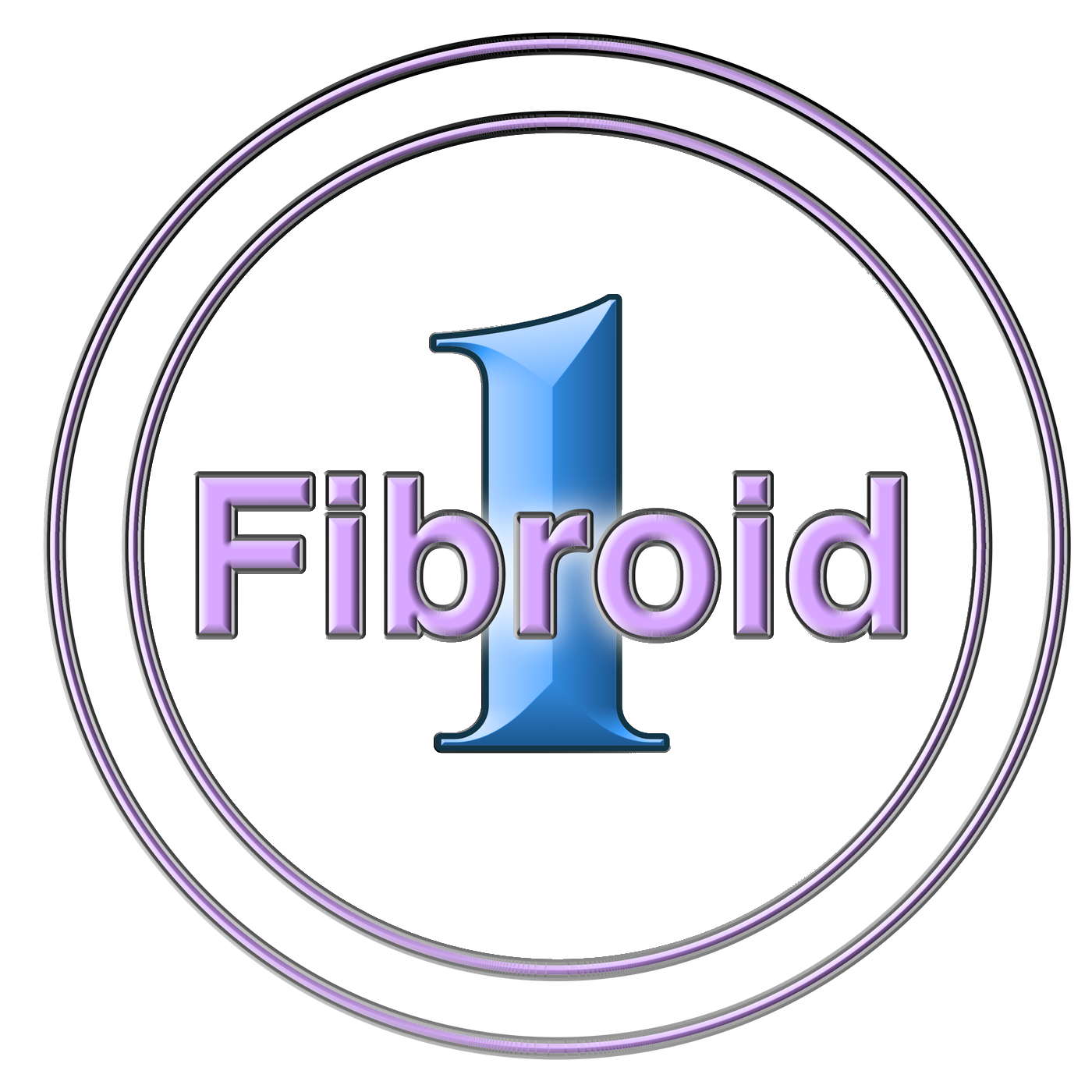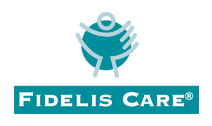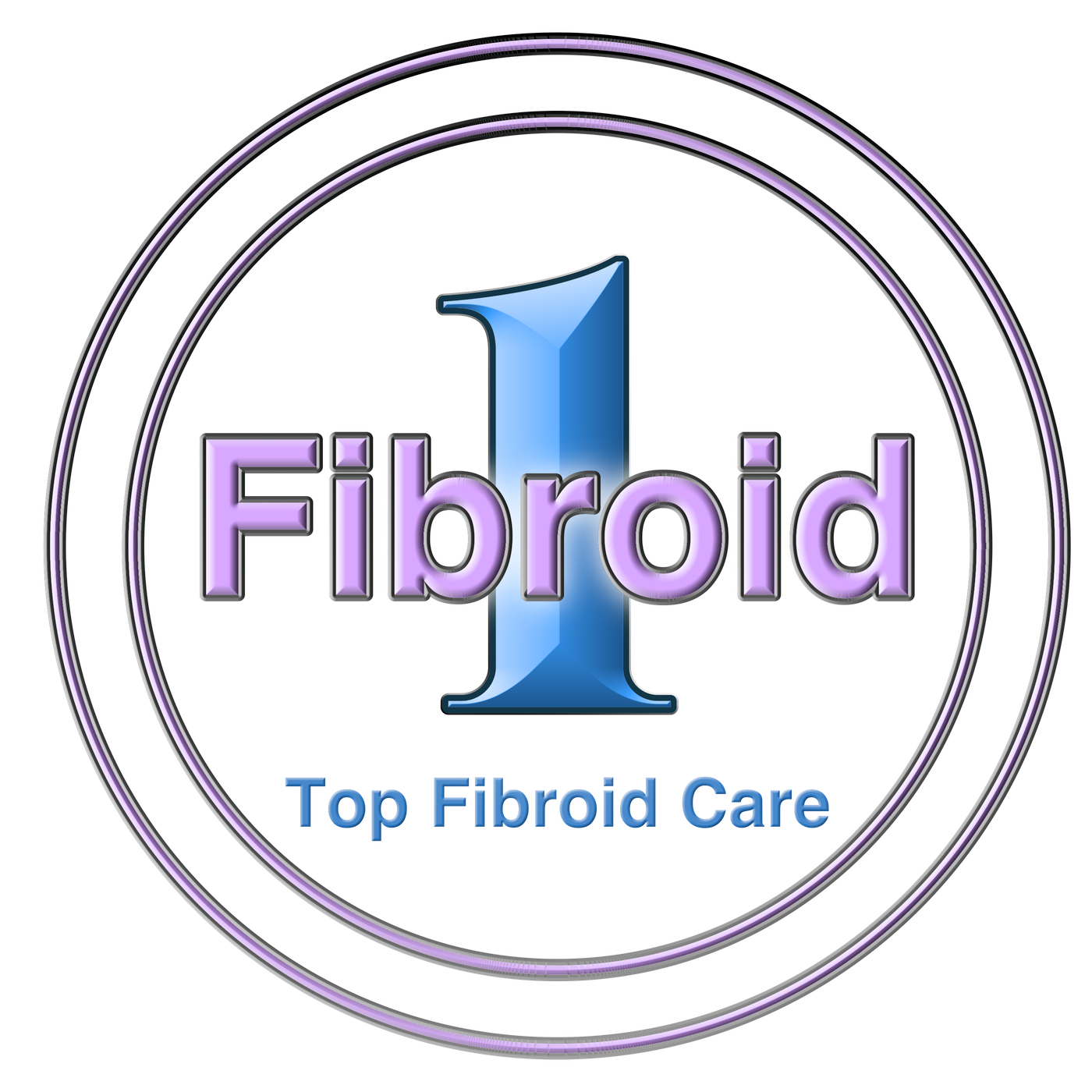Hysterectomy, the surgical removal of the uterus, is a major decision for any woman facing severe gynecological issues such as persistent heavy bleeding, fibroids, adenomyosis, or cancer. It’s a definitive solution that has its place in women’s healthcare, but it’s vital to consider all available options, including less invasive alternatives like Uterine Fibroid Embolization (UFE), before making such a significant decision.
What is a Hysterectomy?
A hysterectomy can be performed through various surgical methods, including abdominal, vaginal, and laparoscopic approaches. The choice of method depends on the reason for the surgery, the size of the uterus, and the patient’s overall health. The outcomes of a hysterectomy are generally positive in terms of symptom relief; however, the procedure does come with its own set of challenges and considerations.
Considerations Before Choosing Hysterectomy
1. Permanence and Impact: Hysterectomy is irreversible. It ends menstruation and the ability to bear children, which can have significant emotional and psychological impacts. Women who want to have children in the future may particularly struggle with this aspect, making it crucial to consider how these changes align with personal life plans and family goals.
2. Recovery Time: The recovery period for a hysterectomy can vary, usually requiring several weeks to months, depending on the surgical approach used. This is a critical factor to consider, especially for those with work or family responsibilities.
3. Potential Complications: Like any major surgery, a hysterectomy carries risks such as infection, bleeding, and complications from anesthesia. Long-term risks may include hormonal imbalances if the ovaries are also removed, and possible pelvic floor disorders.
4. Emotional and Psychological Effects: A hysterectomy can have emotional repercussions. Some women may experience a sense of loss or changes in their self-image and sexuality post-surgery.
Alternatives to Hysterectomy: The Case for UFE
Before settling on a hysterectomy, it’s worthwhile to explore less invasive treatments that can preserve the uterus and offer significant symptom relief. One such treatment is Uterine Fibroid Embolization (UFE), a minimally invasive procedure that can be an effective alternative, particularly for women dealing with fibroids.
Why Consider UFE First?
- Uterus Preservation: Unlike hysterectomy, UFE does not involve removing the uterus. This aspect is particularly appealing for women who wish to retain their reproductive potential or avoid the psychological impacts of losing their uterus.
- Less Invasive Approach: UFE is performed through a small incision, often in the wrist or groin, to access the blood vessels. It involves less pain and a shorter recovery period compared to traditional surgery, allowing patients to return to normal activities more quickly.
- Effective Symptom Relief: For conditions like fibroids, UFE has been shown to effectively reduce symptoms such as heavy menstrual bleeding and pelvic pain. It can provide significant relief without the need for a more invasive surgical procedure.
- Lower Risk of Complications: As a less invasive procedure, UFE typically presents fewer risks than surgical hysterectomy. The reduced risk of infection, bleeding, and other surgical complications makes it an attractive option for many women.
Outcomes of Hysterectomy
While the decision to undergo a hysterectomy can be daunting, many women experience substantial relief of symptoms and a significant improvement in their quality of life post-surgery. For conditions that are not adequately managed by less invasive therapies, or in cases where malignancy is a concern, hysterectomy might be the most effective approach.
Making the Decision
Deciding whether to undergo a hysterectomy should involve thorough discussions with your healthcare provider at 1Fibroid about the following:
- Medical Necessity: Is the hysterectomy being recommended for a life-threatening condition, or are there other less invasive options available?
- Long-term Health Goals: How does the surgery align with your long-term health and wellness goals?
- Quality of Life: Consider how the symptoms are affecting your quality of life and whether other treatments might offer improvement without surgery.
- Second Opinions: In cases of uncertainty, seeking a second opinion can provide additional perspectives that might influence your decision.
A hysterectomy is a significant medical procedure with lasting implications. It’s crucial to weigh all options, considering both the short-term relief and the long-term consequences. For many women, exploring less invasive alternatives like Uterine Fibroid Embolization first can provide the necessary relief while preserving future options and minimizing risks. Ultimately, the decision should be made in consultation with a trusted medical provider, taking into account the most complete and personalized information available. By understanding all your options, you can make a choice that best supports your health and life goals.
1Fibroid Is Here To Support You
If you are living with uterine fibroids and curious about your nonsurgical alternatives to fibroid treatment, consider 1Fibroid. 1Fibroid is based in New York, with locations in both Manhattan and Queens. We are committed to women’s care and offer non-invasive options such as medication, hormone therapy, and UFE procedures. If you’re ready to live life without the symptoms of fibroids, call us today at 212-991-9991.












